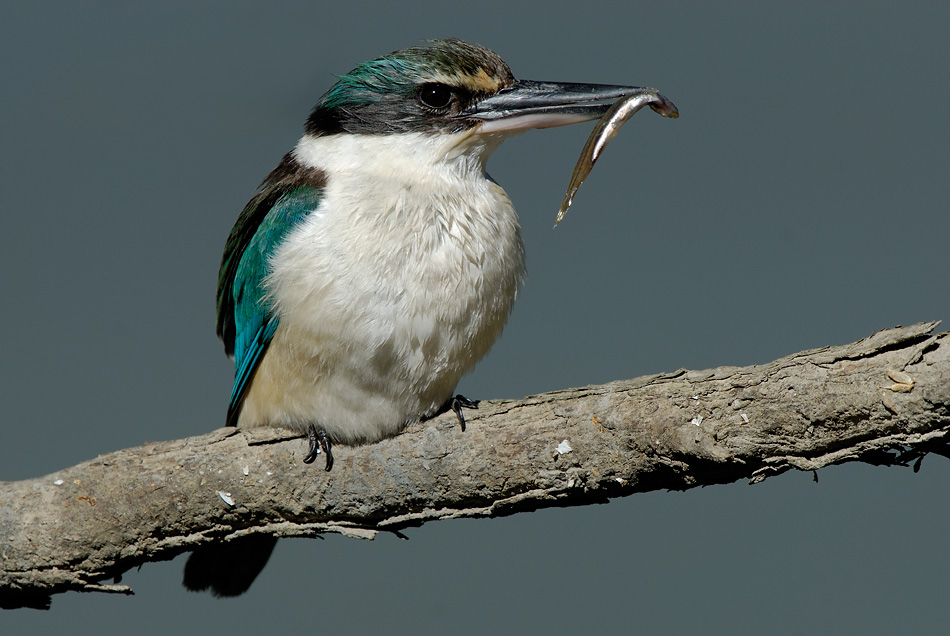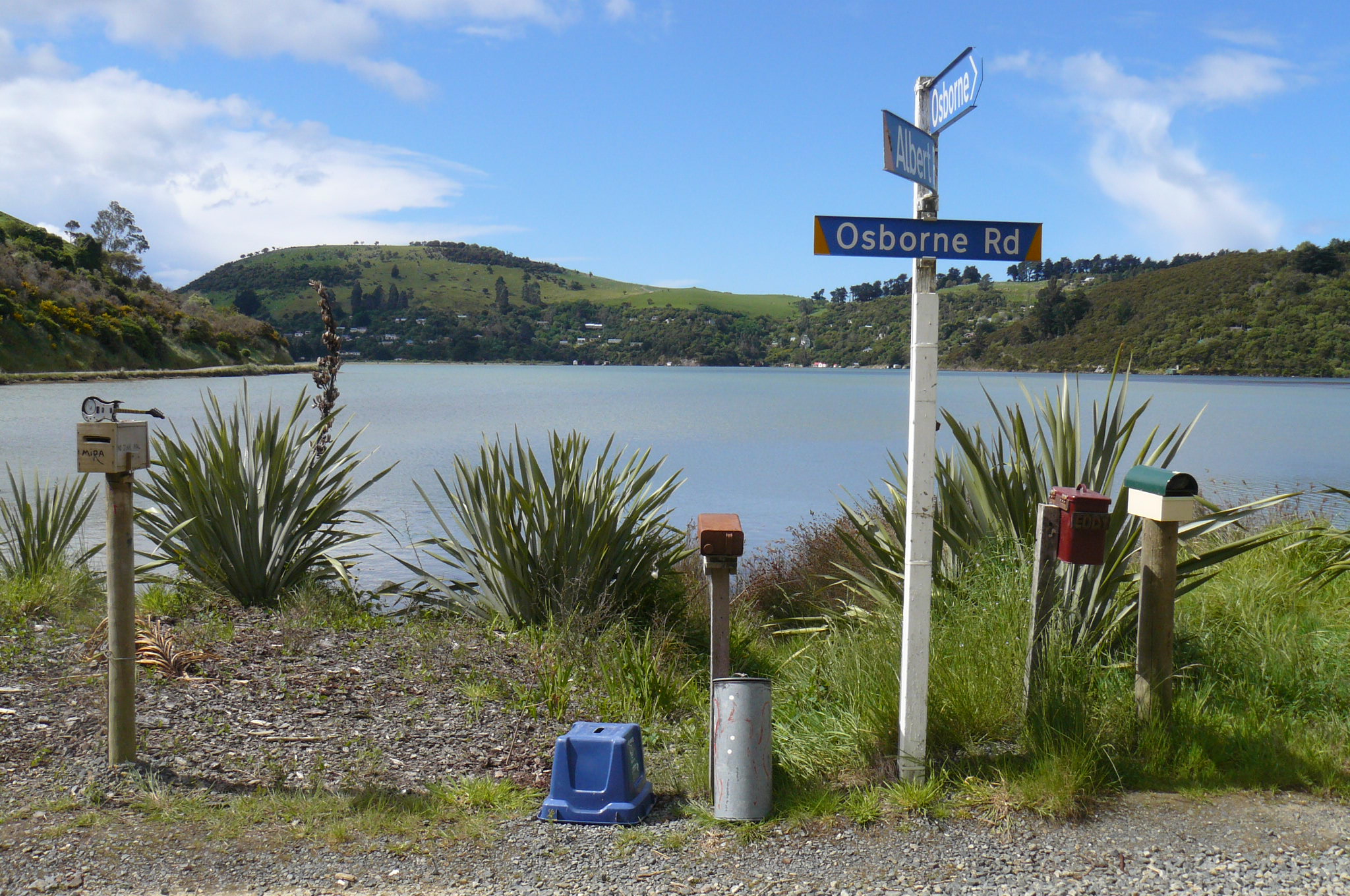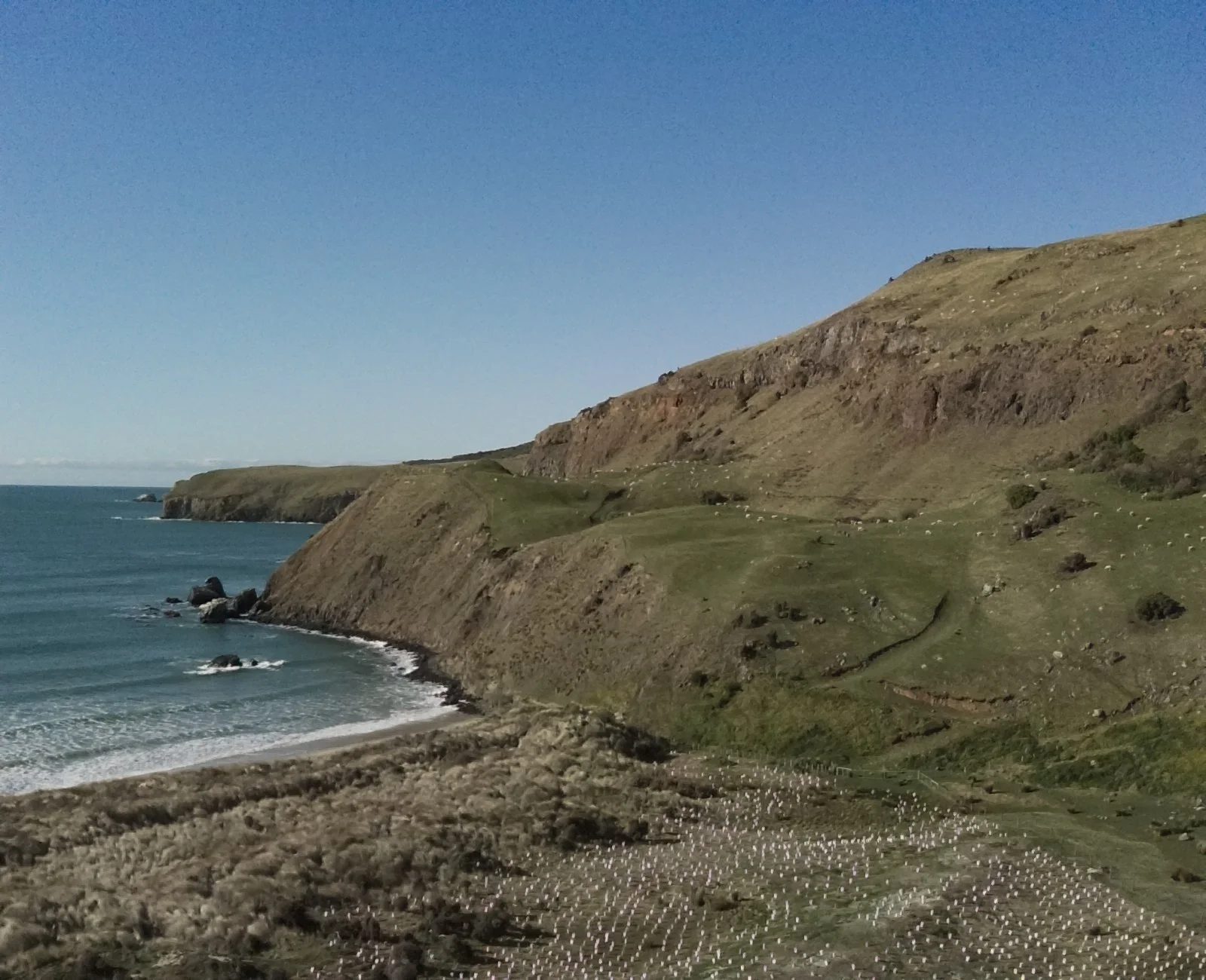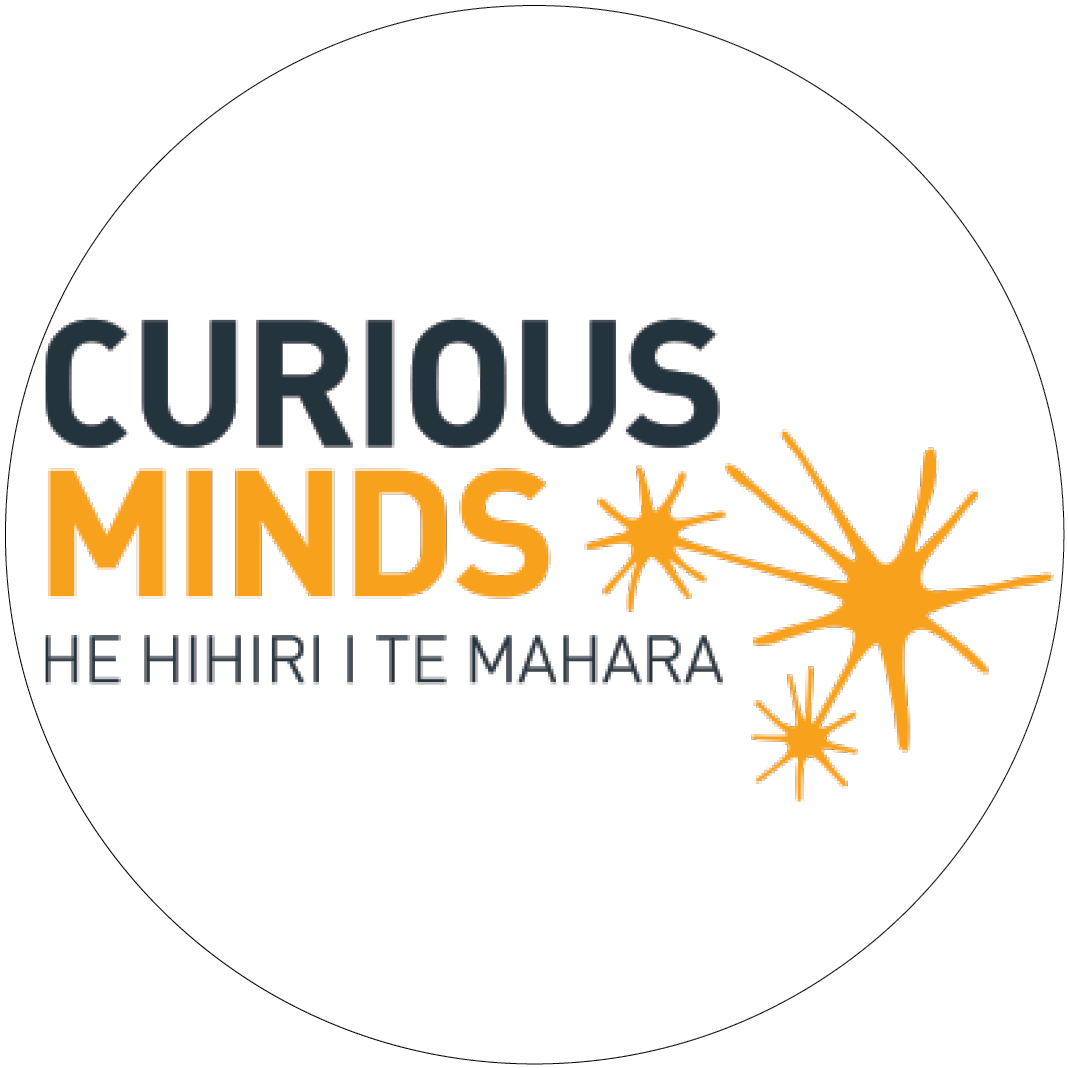SOURCE TO SEA
From Silverpeaks to Sea, we aim to inspire and work with our communities to enhance, protect and connect with this landscape.
NEED HELP IMPROVING HABITAT ON YOUR PROPERTY?
The Halo Project Source to Sea works with residents to plant, fence and restore waterways, wetlands and forest habitat in Coastal Otago, from West Harbour-Mount Cargill to the Waikouaiti River.
The Halo Project Source to Sea team have established our working plan for 2024. All our resources are currently allocated.
Sign up here to receive email updates about this project.
What are your goals?
The Source to Sea’s project goals are to:
Help native wildlife, both freshwater and terrestrial
Protect wetlands
Support mana whenua as kaitiaki of this takiwa;
Provide volunteer opportunities for a diverse range of people;
Provide training and employment opportunities for local people;
Help native wildlife and improve forest habitat and freshwater conditions.
What have you achieved so far?
So far, we are helping more than 70 landowners achieve their restoration goals. Together we’ve fenced over 16km of forest, riparian and wetland habitat. By the end of 2024 we will have planted 249,000 native plants across more than 80 sites with the help of residents and volunteers!
How do you fund your work?
The Halo Project is a not-for-profit organisation. We seek funding from community and corporate grant schemes. Residents who work with us contribute up to 50% of project costs through cash and in-kind contributions.
Every agreement is adapted to best suit the landowner’s capabilities. Examples of landowner contributions have included planting, fencing, committing to plant maintenance, and cash contributions towards plant costs. Together we have created future forests!
How do you decide which residents to work with?
Decisions are informed by our Guiding Principles. These are:
When habitats are connected, biodiversity benefits greatly
Education and advocacy are enhanced by restoring sites that the community can see, hear about, or be directly involved with
Restoring sites of importance to Māori aligns with the kaupapa of the Halo Project
Landowners who have made previous restoration efforts should be acknowledged and rewarded. A landowner’s motivation and willingness to contribute factor in to our decision making
Formal protection (covenants) of sites should be promoted, and will be supported
Biodiversity should be promoted at all stages
Wetlands are threatened and highly valuable habitats, and should be promoted at all stages
We can achieve greater outcomes by selecting sites that are easily accessible
View our Terms and Conditions.
An aerial view of a portion of the 40,000 seedlings we supported volunteers to plant at Wharewerawera/Long Beach.
Source to Sea schools:
Understanding the health of our catchments
Healthy indigenous biodiversity is dependent on healthy surface and groundwater systems. The Halo Project is working to support communities develop projects to look after their water ways.
We developed the Source to Sea education programme in response to concerns of residents within our local communities in the West Harbour–Blueskin Bay area (North of Dunedin), about declining water quality, vulnerability of low-lying settlements to flooding and sea level rise, quality of kaimoana, and their desire to understand the impacts of land use on the marine environment.
Students in participating schools worked with their teachers, scientists and environmental educators, to understand the different factors (physical, social and economic) contributing to their local catchment’s health, in interactive and engaging ways to:
Discover and explore local land use history, through innovative and custom-designed GIS technology in a GIS lab
Learn about Māori history and perspectives
Get out of the classroom and explore their catchment, sampling water quality and stream life.
Interactive learning with the Marine Studies Department Aquavan.
Source to Sea has multiple links with the school curriculum and suits the inquiry model of learning. Each school developed their own action plan to help improve the health of their catchment, based on what they’ve learned through their inquiry, and share it with the other participating schools and their communities.
We worked with seven semi-rural schools between West Harbour and Karitane to establish a programme of catchment assessment, habitat improvement and monitoring.
This programme was funded by Curious Minds, Dunedin City Council and Hugo Charitable Trust. You can read more about this innovative programme on the Curious Minds website.
If you are interested in learning more about the Source to Sea Education activities please contact us.












